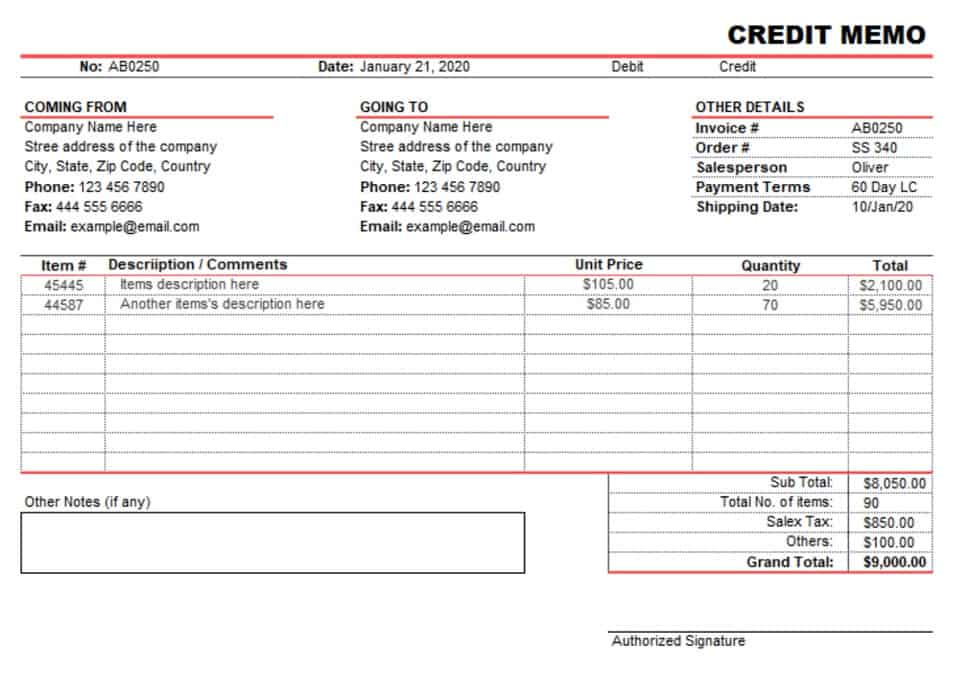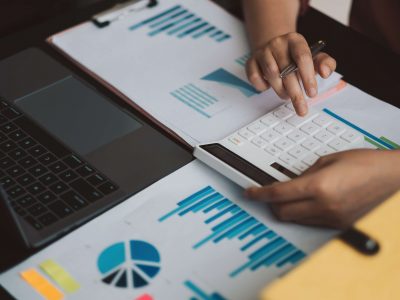
In the final year, the asset will be further depreciated by $2000, ignoring the rate of depreciation. Since the assets will be used throughout the year, there is no need to reduce the depreciation expense, which is why we use a time factor of 1 in the depreciation schedule (see example below). We can incorporate this adjustment using the time factor, which is the number of months the asset is available in an accounting period divided by 12. Depreciation rates between the two methods of calculating depreciation are similar except that the DDD Rate is twice the value of the SLD rate. In the depreciation of the asset for each period, the salvage value is not considered when doing calculations for DDD balance.

Do you already work with a financial advisor?
- Set your business up for success with our free small business tax calculator.
- Upgrading to a paid membership gives you access to our extensive collection of plug-and-play Templates designed to power your performance—as well as CFI’s full course catalog and accredited Certification Programs.
- Now you’re going to write it off your taxes using the double depreciation balance method.
- Its anticipated service life must be for more than one year and it must have a determinable useful life expectancy.
- To use the template above, all you need to do is modify the cells in blue, and Excel will automatically generate a depreciation schedule for you.
- When changing depreciation methods, companies should carefully justify the change and adhere to accounting standards and tax regulations.
Now that we have a beginning value and DDB rate, we can fill up the 2022 depreciation expense column. For the second year of depreciation, you’ll be plugging a book value of $18,000 into the formula, rather than one of $30,000. Don’t worry—these formulas are a lot easier to understand with a step-by-step example.

Calculating the Depreciation Formula for DDB
First, determine the annual depreciation expense using the straight line method. This is done by subtracting the salvage value from the purchase cost of the asset, then dividing it by the useful life of the asset. The DDB depreciation method offers businesses a strategic approach to accelerate depreciation.

Upfront Recovery of the Purchase Cost
If you’re brand new to the concept, open another tab and check out our complete guide to depreciation. Then come back here—you’ll have the background knowledge you need to learn about double declining balance. The next chart displays https://www.bookstime.com/ the differences between straight line and double declining balance depreciation, with the first two years of depreciation significantly higher. We now have the necessary inputs to build our accelerated depreciation schedule.
Free Double Declining Balance Depreciation Template (Calculator)
In business, companies purchase equipment or physical assets that have a valuable life or a useful life. In this period of useful life, the asset’s value decreases due to various reasons. The double declining balance method company then needs to measure the value of the asset at the end of its useful life. This method of measuring the decreased value of the asset in the useful years is called depreciation.
The current year depreciation is the portion of a fixed asset’s cost that we deduct against current year profit and loss. The accounting concept behind depreciation is that an asset produces revenue over an estimated number of years; therefore, the cost of the asset should be deducted over those same estimated years. Start by computing the DDB rate, which remains constant throughout the useful life of the fixed asset.
